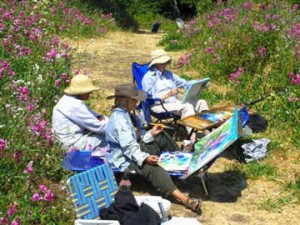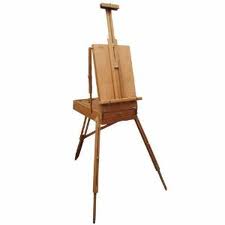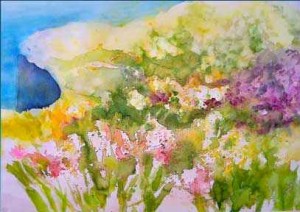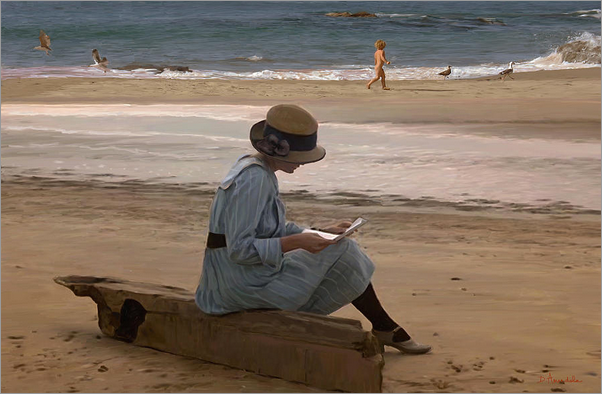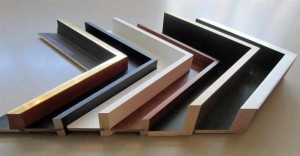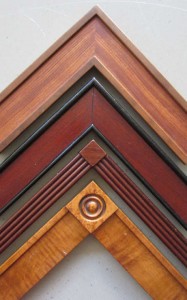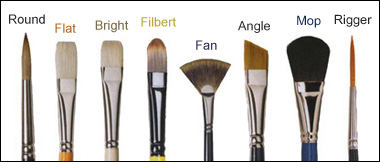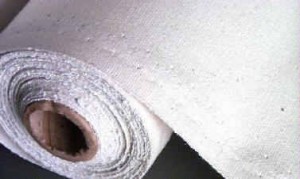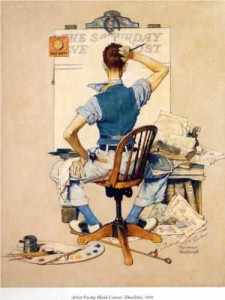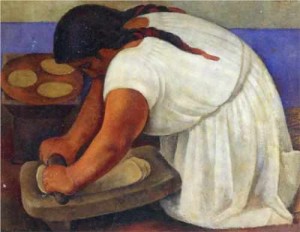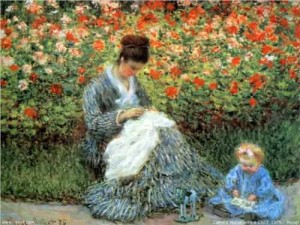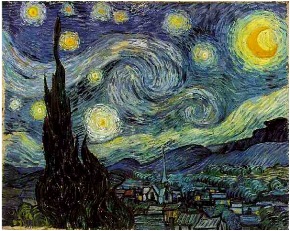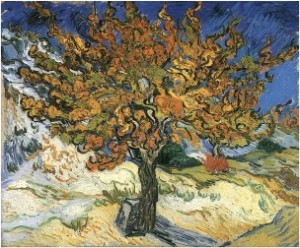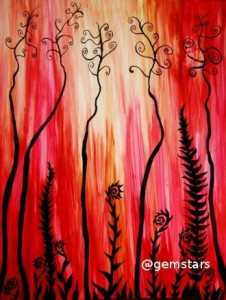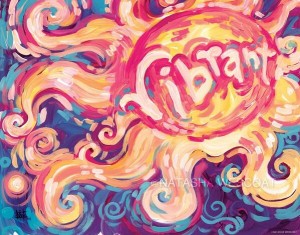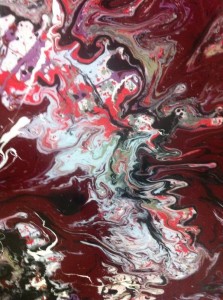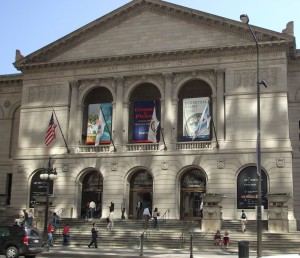Most Famous Women Paintings in the World Part 1
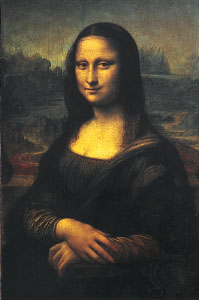
With unlimited subjects and inspiration in the world, famous artists at some point in their careers have created paintings of women. Here’s a list of the most famous of them all:
1. Mona Lisa (1503-1519) by Leonardo da Vinci
Who doesn’t know the Mona Lisa? The woman’s identity is still a mystery and there are different speculations made about the painting’s subject, including that it’s Leonardo da Vinci in female form. But the most accepted and highly plausible explanation is that the Mona Lisa is the portrait of Lisa Gherardini, the wife of Francesco del Giocondo who may have commissioned the art. Many are fascinated with this masterpiece because of the subject’s ambiguous expression, subtle forms, and illusionism. Also, the Mona Lisa was stolen from the Louvre Museum in Paris, emphasizing the piece’s value and its importance in art history.
2. Portrait of Adele Bloch-Bauer I (1907) by Gustav Klimt
The Portrait of Adele Bloch-Bauer I is oil, silver, and gold on canvas. It is one of the most expensive paintings sold in 2006. The portrait depicts Adele Bloch-Bauer, the wife of a wealthy industrialist, Ferdinand Bloch-Bauer who commissioned the art. Klimt used the Jugendstil style, also known as the Art Nouveau, in creating the portrait.
3. Dora Maar au Chat (1941) by Pablo Picasso
This painting depicts Pablo Picasso’s lover, Henriette Theodora Markovitch, also known as Dora Maar. It shows the subject sitting on a chair with a small cat on her shoulders. It is one of the world’s most expensive paintings, being sold at $95.2 million and currently valued at $109.5 million.
4. Whistler’s Mother (1871) by James McNeill Whistler
The original name of Whistler’s Mother is Arrangement in Grey and Black No.1 and it is displayed at the Musée d’Orsay in Paris. It is one of the most famous works of an American artist outside the US and is considered an American icon. The woman in the oil painting is of the painter’s mother sitting since she got uncomfortable posing while standing for long periods.
5. Portrait of Gala (1931) by Salvador Dalí
The Portrait of Gala depicts Salvador Dalí’s wife, Gala Dalí. The painter adored his wife who acted as his business manager and he said that she saved him from madness and untimely deaths. Unlike the previous paintings of Gala, this portrait lacks the usual sympathetic and adoring images of his wife due to Gala’s extramarital affairs which left him insecure.
Image source: www.britannica.com
